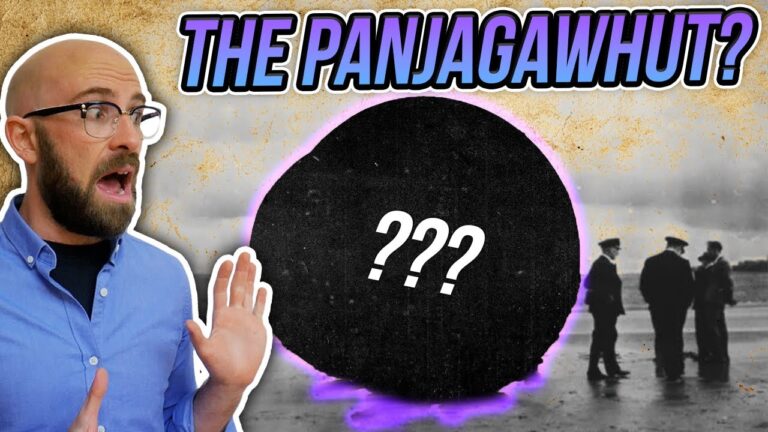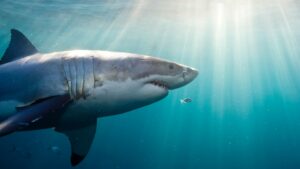“Unbelievable Inventions: The Bizarre Secret Weapons That Almost Changed the Course of WWII!”
Besides the ship’s size, what was so different about Pyke’s vessel was that it would be built of ice. There is no real limit on the availability of ice; it’s easy to make, fairly durable (except in warm temperatures), buoyant, and very easy to repair when damaged. Further, repairs can be made extremely quickly with the right equipment, even during a battle.
The ship was also to include 40 dual-barreled gun turrets, as well as other anti-aircraft guns, and an airstrip that could accommodate up to 150 fighter planes or twin-engined bombers.
Pyke was able to sell Winston Churchill on his plan in 1942, including Churchill stating it should be given the highest priority.
In testing, though, it was discovered that ice might not be as strong as the ice-bergs that Pyke modeled his idea on. It turned out that ice frozen into blocks for the hull could be broken very easily with something as small as a hammer. The project was temporarily abandoned as a result.
However, later that year, a New York polytechnic firm added cellulose- sawdust, wood chips and paper shreds- to water and froze it for a much more promising base structure for such a ship. Not only was it stronger than straight frozen water- with as little as 4% of wood pulp added it made it as strong as concrete, pound for pound- it was also much slower to melt and more buoyant. Pykrete, named after Geoffrey Pyke, could also be cut like wood and easily milled into shapes like metal.
There was one problem though- melting and refreezing would cause warping in the structure. Tests showed that a pykrete ship would eventually sag unless consistently cooled to around 3° Fahrenheit. To maintain this, the ship’s surface would have to be covered in insulation and it would need a refrigeration plant and duct system.










